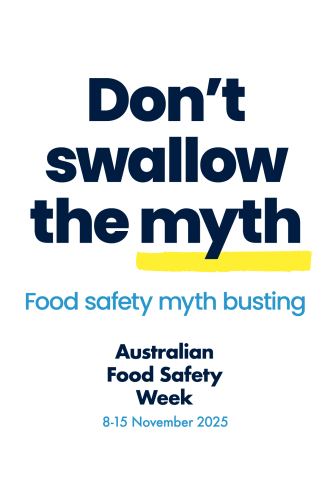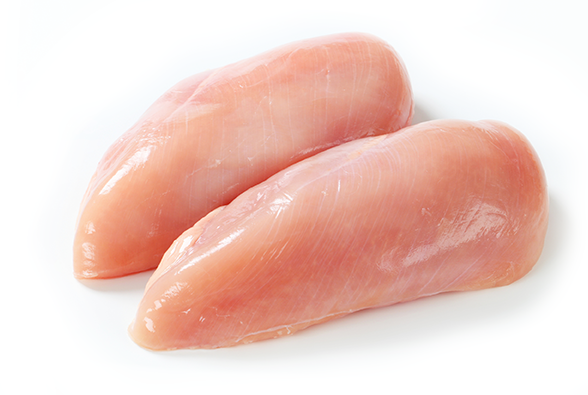Media release
From:
This Australian Food Safety Week the Food Safety Information Council is concerned that more Australians are unnecessarily washing raw chicken before cooking it.
Associate Professor Julian Cox, the Council’s Deputy Chair, said that the need to wash poultry, including chicken, before cooking was a total myth and could increase food safety risk.
‘Despite what you’ve been told or seen on social media, you should never wash raw chicken before cooking as this will likely spread bacteria throughout your kitchen, increasing the risk of foodborne illness. Chicken already undergoes washing during processing so further washing in your kitchen is problematic. Cooking chicken to 75°C, checked using a meat thermometer in the thickest part, ensures that bacteria are killed.
‘This year our research shows that many cooks are still doing the wrong thing as one in two adults (51%) who cook whole raw chicken said they usually wash it before cooking. The proportion of cooks who wash chicken before cooking is at 48% for chicken pieces with the skin on and 44% for skinless chicken pieces.
‘Of additional concern is that, since 2021, the proportion of home cooks typically washing raw chicken has increased, up from 49% for whole chicken, 43% for skin-on pieces, and 40% for skinless chicken pieces to 51%, 48% and 44%, respectively, in 2025.
‘Poultry is an increasingly popular food category. Chicken is a convenient, and cost-effective food, being the most popular animal protein consumed in Australia, with consumption increasing. So, following these simple food safety tips for handling poultry, especially chicken, is as important as ever:
- Always wash and dry hands and clean surfaces after contact with raw poultry.
- Defrost poultry in the fridge or microwave in a container which prevents juices dripping on other food or working surfaces. Make sure frozen poultry is defrosted right through to the centre before cooking.
- Make sure the raw poultry juices do not contaminate other food, especially food like desserts or salads that won’t be cooked again before eating.
- Always use clean plates and utensils and wash and dry thoroughly between use with raw and cooked poultry. Never place cooked food back on the same plate or cutting board that previously held raw poultry unless they have been thoroughly washed and dried. Consider separate cutting boards for raw and risky foods, and those ready to eat.
‘Foodborne disease is not a minor illness. Authorities estimate there are 4.67 million cases of food poisoning in Australia each year that result in 47,900 hospitalisations, 38 deaths and a cost to the economy of $3 billion,’ Associate Professor Cox concluded.
The Food Safety Information Council would like to thank our Gold Sponsor Neogen which has made possible Australian Food Safety Week and our Summer campaign. Also, thanks to our member the Australian Chicken Meat Federation for their charitable donations to fund this independent consumer research.
Sample – Conducted nationally amongst 1221 people aged 18+. Respondents were drawn from the online consumer panel managed by Lightspeed Research, OmniPoll’s online partner – sample quotas were set for each state, city and regional area, by sex and age.
Interviews – Conducted online over the period August 21-26, 2025.
Weighting – To help reflect the overall population distribution, results were post-weighted to Australian Bureau of Statistics (2021 Census) data on education, age, sex and area.
Multimedia





 Australia
Australia


